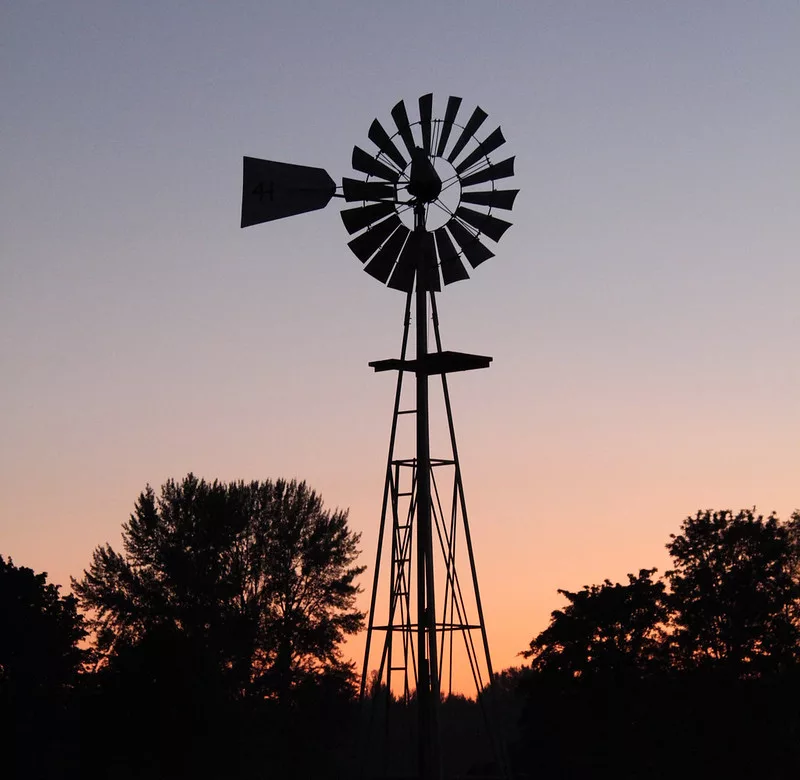A crisis helpline dedicated to serving Oregon’s agricultural and forestry communities is now open.
The Oregon Agristress Helpline – 833-897-2474 – is available 24 hours a day, seven days a week by call or text. The voice line can be accessed in up to 160 languages with the help of interpreters, and the text line services English, Spanish and Vietnamese.
The AgriStress Helpline is unique because it is completely dedicated to serving Oregon’s agriculture and forestry communities, which includes farmers, farm workers, ranchers, fishermen, foresters and their families.
In June, the Oregon Legislature passed Senate Bill 955, sponsored by Sen. Bill Hansell, R-Athena, which provided a one-time $300,000 general fund appropriation to the state Higher Education Coordinating Commission to distribute to the Oregon State University Foundation to establish an endowment for Oregon State University Extension Service to implement and operate the helpline in Oregon.
Gov. Tina Kotek signed the bill into law in a ceremony in Prairie City in July, making Oregon the seventh state to link into the AgriStress Helpline. Nationally, OSU is the first academic institution and the first land grant university to partner with a state on the helpline.
“This is an important milestone in the effort to provide mental health assistance for folks who are vulnerable to suicide,” said Allison Myers, associate dean for Extension and engagement at the OSU College of Health. “I want to express my enormous gratitude for the numerous people and organizations who got behind this and were able to make it a reality.”
A coalition of 27 farm groups and health care organizations advocated passage of SB 955. Myers, who also leads the OSU Extension Family and Community Health program, and Todd Nash, a Wallowa County rancher and president of the Oregon Cattlemen’s Association, were instrumental in building support for the helpline.
The issue of mental health for farmers and ranchers has become a “top subject” in rural Oregon, Nash said.
“Suicide is a tough subject,” Nash said. “It’s affecting our communities. It has huge impacts on families.”
According to the National Rural Health Association, the rate of suicide for farmers is 3½ times higher than the national average per capita. Mental Health America, a national nonprofit advocacy organization, placed Oregon nearly at the bottom of its state rankings for a higher prevalence of mental illness and lower rates of access to care.
According to Oregon Violent Death Reporting System, deaths by suicide in Oregon have been higher than the national average since at least 2001, and they are increasing year over year.
The helpline was established by AgriSafe Network, a nonprofit organization that aims to improve the health and safety of farmers and ranchers through their Total Farmer Health approach. AgriSafe Network is an affiliate of the National Institute for Occupational Safety and Health (NIOSH) and a founding member of the national AgriStress Response Network.
All AgriStress Helpline calls are answered in 30 seconds or less, and all callers are screened for suicidality. Intervention occurs for people at imminent risk. Others are offered relevant resources, tailored to the agriculture community and by state/region. All callers are offered a 24-hour follow up call, also through the AgriStress Helpline.
Calls are answered by credentialed suicide/crisis specialists trained in cultural competencies in agricultural mental health and factors affecting mental health, including production and financial issues, injuries, market fluctuations and family dynamics. Their training meets the standards of the American Association of Suicidology.
AgriStress Helpline staff complete 300 hours of professional development, including an overview of state-specific agricultural contexts and ongoing quarterly training in agricultural stress topics. AgriStress Helpline staff are aware of state- or regional-level agricultural events that may impact call volume, for example a disaster, community tragedy or reports of yields that may impact financial well-being.






